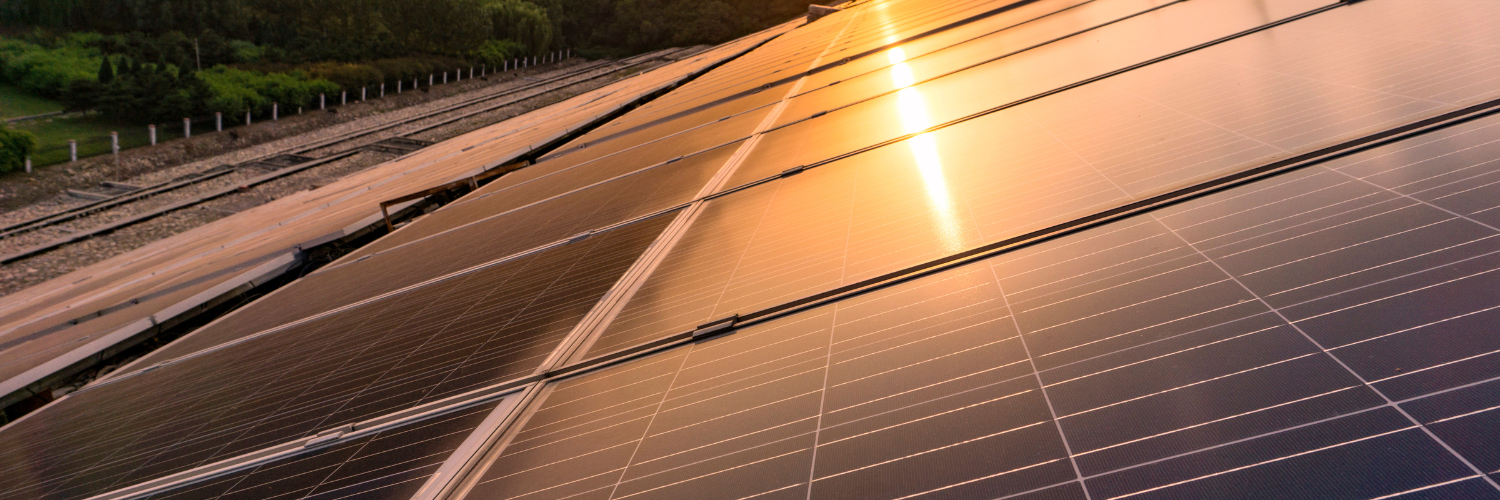Understanding On-Grid, Off-Grid & Hybrid Solar Systems
With the rising adoption of solar energy, one of the first decisions homeowners and businesses face is choosing the right solar power system. The three primary types are On-Grid, Off-Grid, and Hybrid solar systems.
Each type has its own structure, benefits, and best-use scenarios. In this blog, we’ll break down how these systems work and help you decide which one is best for your energy needs.
1. On-Grid Solar System (Grid-Tied System)
An on-grid system is directly connected to the public electricity grid. It does not require batteries, and any excess power generated is sent back to the grid, often earning credits through net metering.
How It Works
- Solar panels generate power during the day.
- The electricity is used to run appliances.
- Extra electricity is exported to the grid.
- At night or during low sunlight, electricity is drawn from the grid.
Benefits
- Lower upfront cost (no battery required)
- Earn credits for surplus energy
- Ideal for urban homes and businesses
- Efficient and reliable in areas with stable electricity supply
Best For: Areas with consistent grid availability and users looking to reduce their electricity bills.
2. Off-Grid Solar System
An off-grid system operates completely independently of the electricity grid. It relies on a battery storage system to store excess solar power generated during the day for use at night or during cloudy days.
How It Works
- Solar panels charge batteries during the day.
- Stored energy is used when solar production is low.
- A backup generator can be used in case of extended cloudy days.
Benefits
- Complete energy independence
- Ideal for remote or rural areas with no grid access
- No electricity bills
Limitations
- Higher initial cost due to batteries
- Energy usage must be carefully managed
Best For: Remote locations and users seeking full independence from the grid.
3. Hybrid Solar System
A hybrid system combines the features of both on-grid and off-grid systems. It is connected to the grid and also includes a battery backup to store energy.
How It Works
- Solar panels generate power used during the day.
- Excess power is stored in batteries.
- Once batteries are full, surplus power is fed into the grid.
- Power can be drawn from the grid if solar or stored energy is insufficient.
Benefits
- Continuous power supply, even during blackouts
- Energy storage + grid access = maximum flexibility
- Optimized energy usage and savings
Limitations
- More expensive than on-grid systems
- Battery maintenance required
Best For: Users in areas with unreliable grid supply or those who want backup power during outages.
Comparison Table
| Feature | On-Grid | Off-Grid | Hybrid |
|---|---|---|---|
| Grid Connection | Yes | No | Yes |
| Battery Required | No | Yes | Yes |
| Net Metering | Yes | No | Yes |
| Backup During Outages | No | Yes | Yes |
| Ideal For | Cities, towns | Remote areas | Areas with load shedding or outages |
| Initial Cost | Low | High | Moderate to High |
Conclusion
Choosing the right solar system depends on your location, electricity needs, budget, and access to the power grid.
- On-Grid systems are perfect for cost savings in well-connected areas.
- Off-Grid systems offer complete independence but come with higher initial costs.
- Hybrid systems provide the best of both worlds, especially where power cuts are frequent.
At Biz Solar Energies, our experts analyze your requirements and help you pick the most suitable system. We handle everything—from consultation and design to installation and maintenance.
Get in touch today to switch to smart solar energy—tailored for your lifestyle and energy goals.

